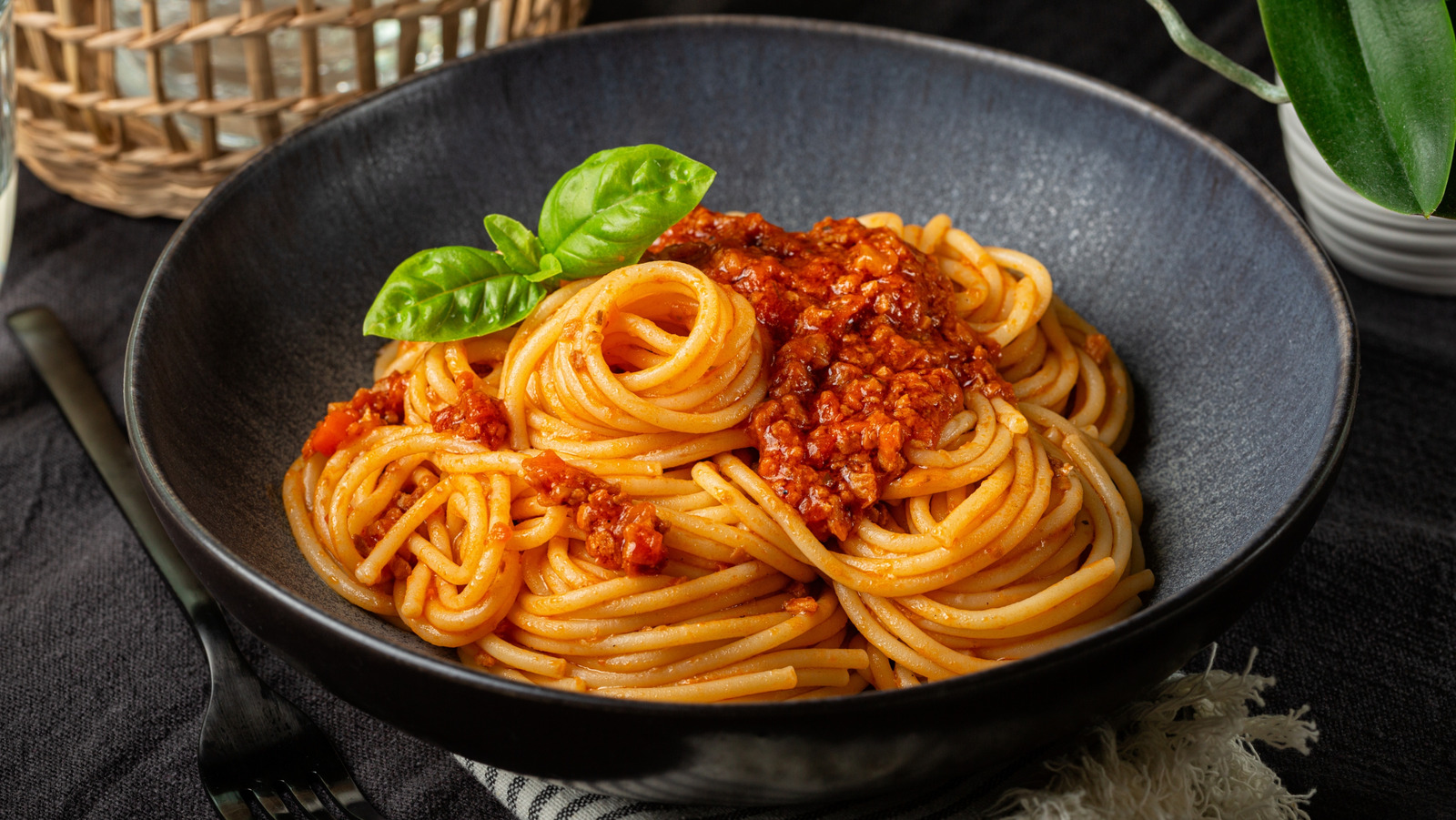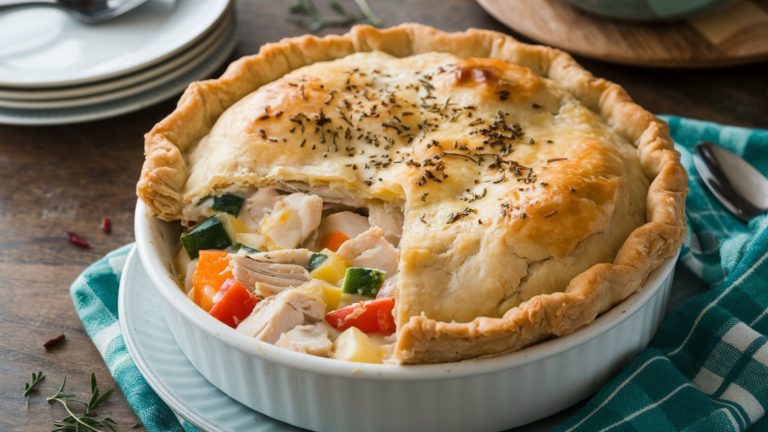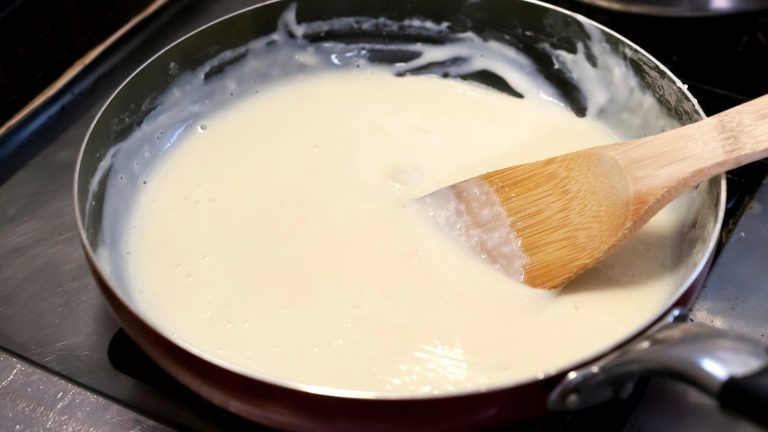Spaghetti may have topped a Tasting Table survey of the best pasta shape, but that doesn’t mean it should be your go-to choice for every single pasta dish. After all, there’s a reason there are more than 300 pasta shapes, which is because different ones work better with different sauces. However, one common pairing that just doesn’t work that well is spaghetti Bolognese, aka spaghetti served with a rich meaty ragu sauce. We spoke with Jasper J. Mirabile Jr., owner and chef at Jasper’s Restaurant in Kansas City and host of Live! From Jasper’s Kitchen Radio about why that is: “Unfortunately, spaghetti is too slippery and sauce will not adhere to it, and it is never used in Bologna with a ragu. Seriously, it’s almost like an unwritten law.” The Mayor of Bologna agrees. He has been vocal on X and is reported on CBC as saying, “Spaghetti Bolognese doesn’t actually exist.”
What you should be using instead is tagliatelle, which happens to have been invented in Bologna, along with the meaty sauce known simply as ragu, according to Mayor Virginio Merola. As chef Mirabile explains, “Tagliatelle is the most authentic cut and used in Bologna. It is wide and thick and holds the sauce.” Our recipe for making a classic ragu alla Bolognese also calls for tagliatelle, as it is the best type of pasta to serve with a meat sauce.
Other pasta shapes that work with ragu sauce
Aside from tagliatelle, chef Merola also likes to use rigatoni and paccheri, which are both firm tubular pastas with hollow centers that are ideal for catching thick and chunky sauces. Rigati type pastas with lines or ridges (as opposed to smooth types) work especially well “so the sauce adheres to the pasta,” adds Merola. Another popular pasta that is often used with what we refer to as Bolognese sauce is pappardelle, which is like a wider version of a tagliatelle, originating from Tuscany.
As for that spaghetti, while you won’t completely ruin your ragu sauce by serving it with spaghetti, especially if that’s the only pasta you have on hand, you’re better off saving it for dishes with light sauces or an olive oil-based sauce. And given how long it takes to make a good ragu, with the hours of simmering required for the flavors to truly develop, you probably have enough time to run out and get a more appropriate pasta to serve the sauce with, be it tagliatelle, pappardelle, rigatoni, paccheri, or even scissor-cut noodles.






